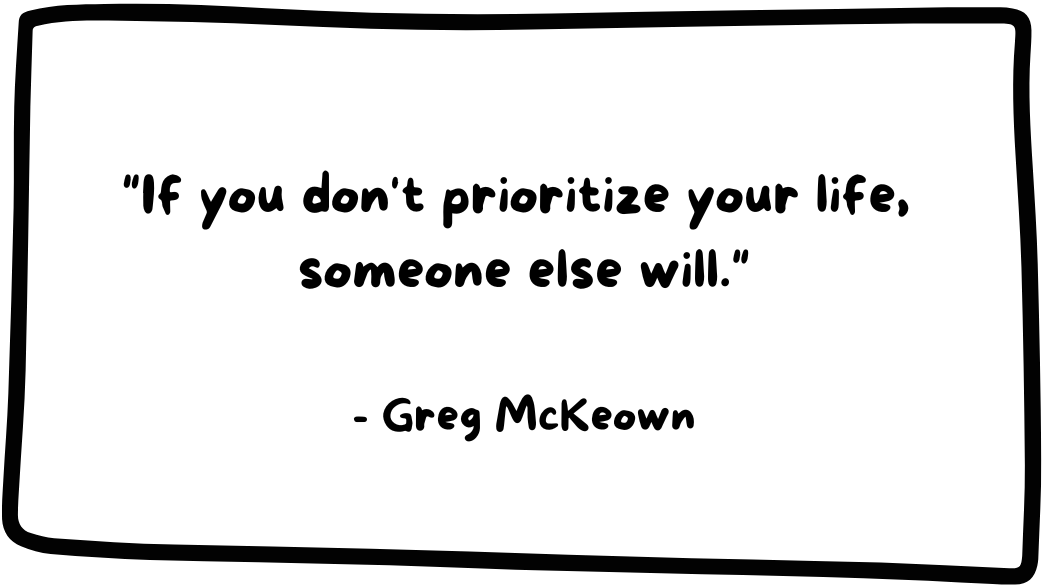First Time Manager; Staff Engineers or Leaders; Building For Nobody; Too Many Metrics?
Issue #62 Bytes
🌱 Dive into Learning-Rich Sundays Monday with groCTO ⤵️
So You're A Manager Now.
Stepping into a management role for the first time? This article from Scott Kosman is your candid, no-fluff guide from a manager who's been through it all—the good, the bad, and the seriously awkward.
Discover why your job is no longer to be the star player, but the coach. Learn how to navigate the inevitable screw-ups, the importance of being "painfully clear," and why your biggest win is your team's success.
Whether you asked for the job or it found you, this piece will give you the real-world advice you need to stop feeling like an imposter and start leading with confidence.
Article of the Week ⭐
“Fewer than 20% of HR heads say their companies have employees who are prepared to step into critical leadership positions. The middle managers that might have once filled this void are now in short supply.“
Who is going to fill the engineering leadership vacuum?
When Sergey Brin casually claimed that managers’ duties are the “easiest thing” to automate, it summed up the tech industry’s attitude toward middle management right now. Companies have been cutting these roles for years, and they’re not rushing to replace them.
Surveys show most companies want to promote leaders from within, but fewer than one in five actually have people ready to step into critical roles. Gen Z isn’t jumping at the chance to manage either with nearly 70% say middle management is too high stress and low reward. This leaves growing organizations with fewer career managers, fewer volunteers, and a lot more work falling to those left standing.
For software teams, that often means staff engineers becoming “managers in everything but name.” They’re mentoring juniors, handling cross-team coordination, smoothing over product chaos and still expected to ship code at their usual pace. Without extra pay, authority, or training, many burn out or quietly disengage. As Pankaj Khurana put it: strong engineers aren’t quitting over the tech stack; they’re quitting because they’ve become accidental managers.
The long-term damage is twofold. First, your most experienced builders aren’t building; they’re managing chaos. Second, you risk losing exactly the people you rely on most for deep technical expertise. Burnout, stalled projects, and turnover are already hitting teams.
The fixes aren’t rocket science, but they do require intention:
Invest in leadership development for senior ICs already in the hot seat.
Rebuild some form of middle management, even if leaner and more flexible than before.
Design clear dual career tracks so leadership doesn’t always mean people management.
Reward leadership work with promotions, coaching, and financial incentives on top of informal praise.
Companies that get this right will create a new generation of technical leaders who can guide teams without giving up their craft. That might be the only sustainable way forward in a post-middle-management AI era.
Other highlights 👇
Are Your Engineers Building Features Nobody Uses?
Paulo André, CTO at Resquared (and veteran of HelloFresh and TourRadar), has a blunt message for leaders: it’s way too easy for teams to get lost building “cool” features that don’t actually solve customer problems.
In a conversation with Yassine Kachchani at Exec Eng., he lays out what great engineering leadership looks like in 2025:
Hire for curiosity, not pedigree. Look for people who’ve shipped under constraints, learned fast, and navigated ambiguity.
Treat external engineers like insiders. Give them a mission, access, and trust. Skip the mercenary task lists.
Don’t over-process uncertainty. Trying to lock down every risk just pushes the chaos onto ICs. Be transparent about unknowns and build resilience instead.
Make code–to–customer impact visible. Tie work directly to business metrics and user outcomes so engineers see the “why” behind what they ship.
Coach, don’t command. Ask better questions, listen longer, and co-create solutions rather than dictating them.
Paulo also warns against AI hype-as-strategy. Yes, AI-assisted coding is powerful but it can also add unpredictability, emotional overhead, and distract from solving real problems. His take: don’t build smarter AI; build simpler, more useful products.
You Have Too Many Metrics
Many teams maintain a long list of metrics, yet only a small number are ever used to guide real decisions. Large dashboards can create the impression of precision, but they often hide the fact that most numbers do not influence action.
Stay SaaSy offers one guiding principle: every metric should trigger a specific action when it moves outside its agreed boundaries.
Fewer is better. Metrics cost time and money to set up, verify, and maintain. Focus on the ones that directly drive decisions.
Set clear boundaries. For each metric, agree on the normal range and the point at which a response is required.
Review regularly. Periodically confirm that each metric is accurate, relevant, and consistent with other sources of information.
Respond consistently. When a metric crosses its boundary, take the planned action without delay.
You only need the instruments that tell you when to change course, adjust speed, or respond to trouble. Every other dial is a distraction that drains your focus and maintenance effort.
Find Yourself 🌻
That’s it for Today!
Whether you’re innovating on new projects, staying ahead of tech trends, or taking a strategic pause to recharge, may your day be as impactful and inspiring as your leadership.
See you next week(end), Ciao 👋
Credits 🙏
Curators - Diligently curated by our community members Denis & Kovid
Featured Authors - scott kosman, Kelli Korducki (LeadDev),
,Sponsors - This newsletter is sponsored by Typo AI - Ship reliable software faster.
1) Subscribe — If you aren’t already, consider becoming a groCTO subscriber.
2) Share — Spread the word amongst fellow Engineering Leaders and CTOs! Your referral empowers & builds our groCTO community.




